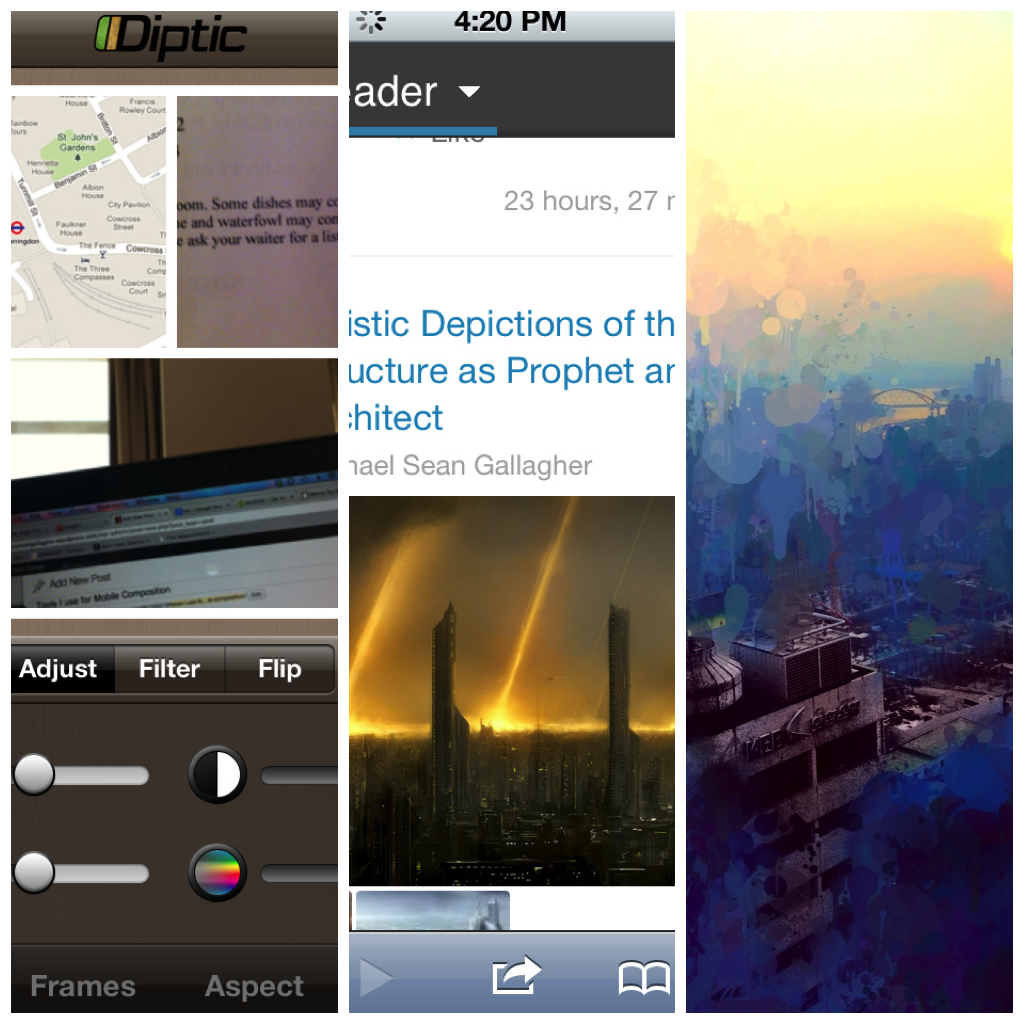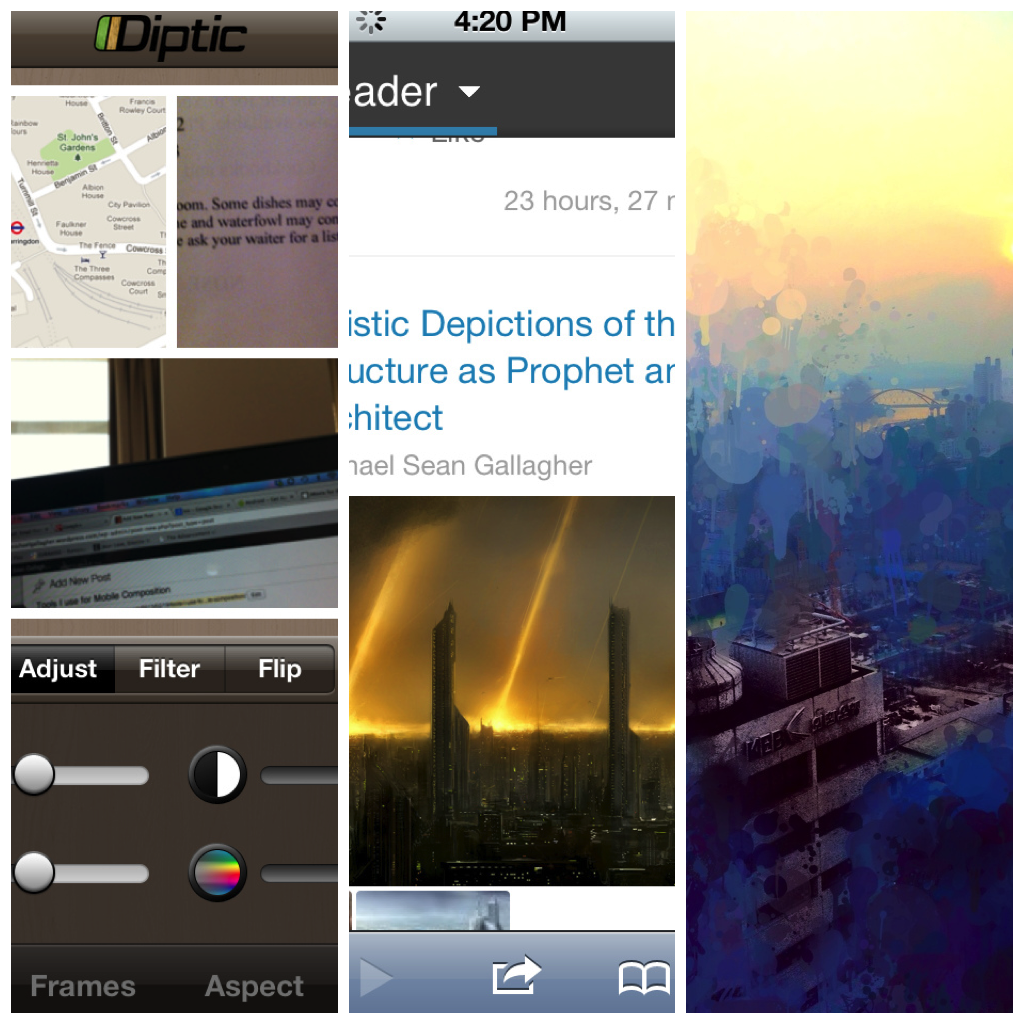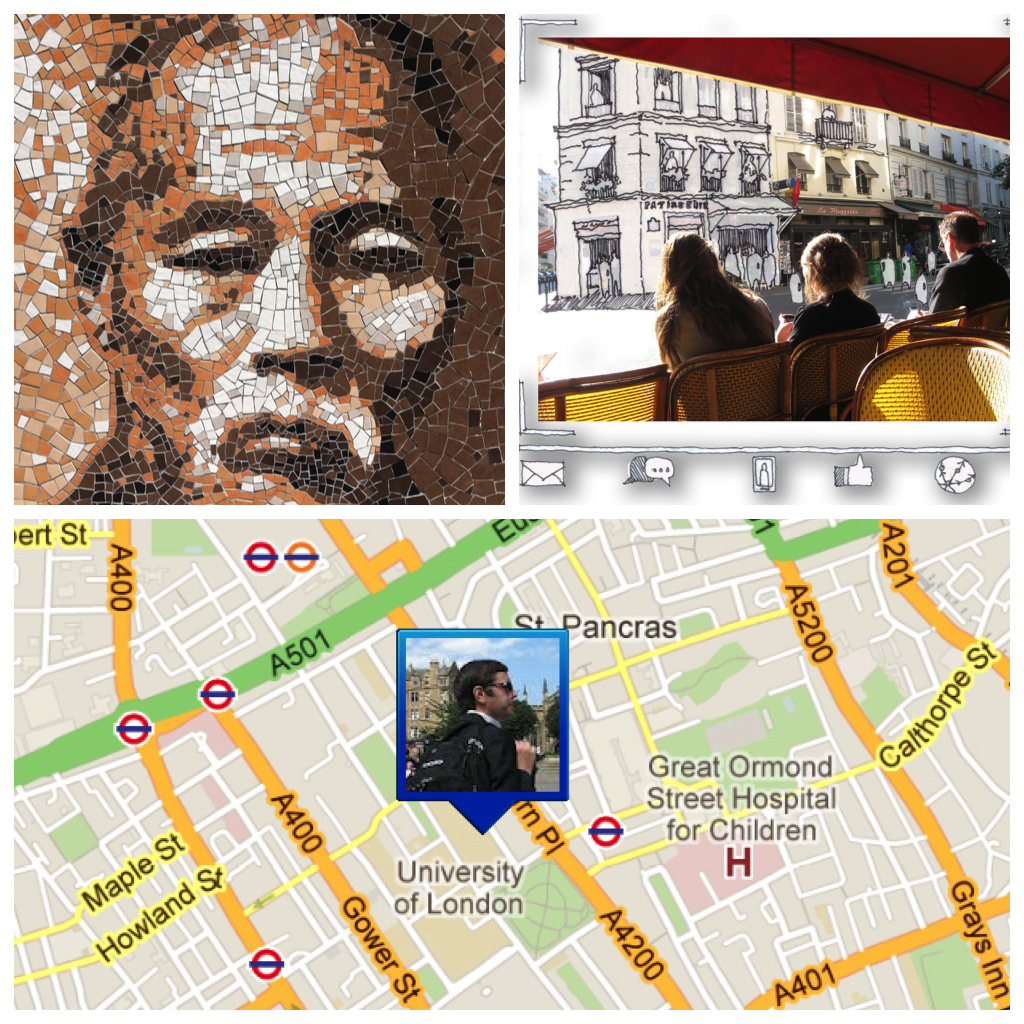
Research: Mobile Use in Humanities in Korean Universities
I am wading through my PhD research on mobile use in the Humanities in Korean universities. Some of the collected data is usable, some not so much, but all of it is refining the process. I see this as one of the few opportunities I will have in my working life to take such an extended deep dive on a community and I want to take advantage of that whenever possible. So when I get data that doesn’t inherently answer my research questions, I posit it in separate categories for side projects or even fodder for reflective observations on my process and practice. So even when it isn’t useful, it is useful.
By way of introduction, I am using a three-stage qualitative research design to explore how graduate students do the following:
- How graduate students in higher education participate in their discipline/major (however they want to define participation)
- How they use mobile technology to support their learning practices
- What work is being produced (or more specifically, assembled) in mobile technology in the humanities (informal or formal)
- And what these artifacts, media or use practices reveal about the participatory process of graduate students in Korean universities
I won’t go into too much detail, but I more or less settled on a research design employing these methods of data collection:
- Narrative Interview
- (Mobile) Artifact Submission
- Participant Self-Reflections
The narrative interviews are straightforward enough and producing some good results. The self-reflections are merely prompts delivered through a mobile application to question the participants on their design choices (for the mobile artifact), what it represents for them and their learning, and how this process has influenced through learning strategies going forward.
The Need for Visual and Multimodal Methodologies for recording Impressions rather than Articulations
The second part is a visual methodology (to be more accurate, a multimodal one as I am asking for audio and video as well). This, I feel, is where more research design needs to be headed (or at least consider as a means of data collection). Our interaction with our learning and our interaction with technology are a complicated mix of comings and goings, isolation and socialization, and impressions rather than articulations. To fully understand the impact of technology on these learning processes, I think we need to get more at the impressions as some, if not all, participants would find it difficult to articulate these experiences in text. Impressions I am looking for include visual (images), audio (impressions of learning spaces or mobility itself) and video (aggregated experiences or individual episodes). I think these elements are critical in establishing a broader, more comprehensive idea of participation in a university context. As such, I feel these methods have significant application to elearning as well as mlearning.
Anywho, so I know more or less what I want, but I am hesitant to bait the hook by giving examples or too much description. I don’t fully mind that the mere act of participating in this study impacts the learning practices of the students involved (I am reflexive about this in my writing) or to take it further, that their participation is actually generating the results (i.e., it wouldn’t exist without this study). That needs to be mitigated on my part through the structure, but I don’t think this ‘spoils’ anything, to be honest. Enactment, to some degree, is part of all research.
Translation, Localization and Finding the Apt Phrase to Enact this Multimodal Method
Now since I am doing my research in Korea, it is important to translate/adapt/localize this research and these methods to this context. This part is perpetually evolving as we receive feedback (hence the pilot). I just so happen to have as my research assistant an exceptional translator/interviewer who was able to work my ‘fuzzy’ ideas into something a Korean graduate student would be able to participate in. This part can never be overlooked in research projects in non-English languages. You can’t just adapt a few words and be done with it. You need to often redesign the methodological structure altogether for culturally appropriate research models (or fully justify why you are challenging the existing norm). So the visual method I am employing here is rather new, as is qualitative research altogether (I wrote a bit about the ethics of this in my previous post). As such, I need to treat the design parts with utmost care and be adaptive to the feedback I received. And we have redesigned it a bit.
The hardest part to articulate was the “lens” or frame in which I wanted these visual artifacts to be grounded. I didn’t want to proscribe a specific frame for them to record media as that wouldn’t necessarily be an honest reflection of their learning or mobile practices. However, I had to provide enough structure to contextualize what is otherwise a very foreign method. So, my research assistant and I worked long and hard about possible framing of this visual artifact. In a burst of clarity, she suggested the following:
- The view of your learning with mobile technology
- The view from your learning with mobile technology
View in this context isn’t meant to imply only image (she employed a Korean word that broadened this meaning a bit). These are merely meant to frame the activity, but they involve inward and outward gaze. The inward gaze being the environments themselves, the applications, screenshots, the mix of tools that attunes noise into meaning. The outward gaze is about recording the learning environments and how they are influenced by mobility and mobile technology. So I want evidence of how they see it and how they see with it.
The third part, the self-reflective prompts, will inquire as to how they put these artifacts together and what these represent about their learning and their participation. From there, it is hoped, practices will emerge (these practices have already started to emerge in the interviews themselves, as far as I can tell).
I am not sure how I would be able to do this study without multimodal data collection as one of the core methods used. I would be asking graduate students to articulate on nascent, latent, or even unconscious practices that exist, if at all, in the ether. Walking them through a visual/multimodal methodology is a process whereby these latent practices are made visible and, in turn, are able to be articulated. I suspect these visual methodologies will take on greater importance as we get more adept at research exploring technological use. One could indeed focus on the outcomes only, I suppose. But outcomes aren’t the engines of emergence; that is not the way the ‘stuff’ is produced. If we want to get at process itself, we have to immerse ourselves a bit in the fuzzy world of impressions.

